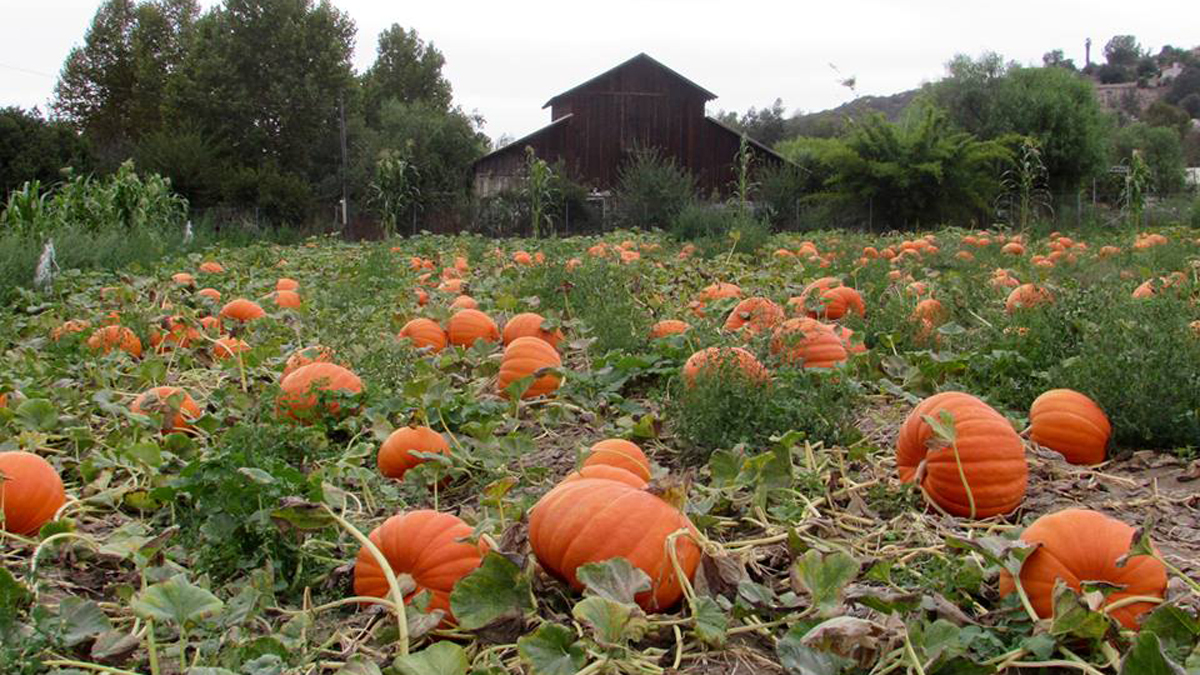At the end of the nearly 1,100 foot long Scripps Pier in La Jolla, there is a tiny room with a lot of history. Every day, scientists lower a small container through a hole in that room down into the ocean for a sample. They're looking for two simple measurements.
“We’re hand collecting a sample from the ocean, and we are measuring that for temperature and salinity," said Melissa Carter with Scripps Institution of Oceanography.
What makes this simple task notable is that it has been happening at this same location every day since 1916, and the scientists today are using the same technique as a century ago. The data collected is the longest continuous record of such measurements in the Pacific Ocean, which means it's one of the best places to track long-term changes happening in the ocean.
"It's a gold mine, if you would, for such a basic oceanographic data set," Carter said. "Because we're doing it the same way they have in the past, it allows us to understand those trends over time."
Get top local stories in San Diego delivered to you every morning. Sign up for NBC San Diego's News Headlines newsletter.
What they're seeing are long-term changes in the temperature and chemistry of the ocean. A graph of the 108 years of data shows a noticeable increase in temperatures starting around the 1980s, and nearly all of the warmest water years have occurred over just the past decade.
“So, we’ve seen that the ocean is warming, and it’s warming at almost 3 degrees Fahrenheit over 100 years," said Carter.
There are a number of reasons a few degrees of warming is significant. For one, when the ocean warms, it expands. That raises the sea levels, pushing water higher up shorelines, which can lead to erosion.
Local
Second, warmer oceans provide more energy for tropical storms helping those storms grow stronger — and more quickly. Hurricane Milton arrived during record warm temperatures in the Gulf of Mexico and intensified at one of the fastest rates in recorded history. And it came on the heals of Hurricane Helene, now one of the deadliest storms in U.S. history.
Third, scientists say warming oceans could lead to more El Niño winters, which can change weather patterns around the globe. This past winter's El Niño brought record rain to parts of California, including the historic Jan. 22 storm that dropped nearly 3 inches of rain on San Diego in three hours. That's about a quarter of what the city normally gets in an entire year.
"We used to say El Niños occurred every five to seven years. More recently, that’s been occurring every three to five years. So, there is a change that’s happening," Carter said.
And those simple daily measurements can help put the pieces of the puzzle together.
"In El Niño years, we may see more salty water coming in," Carter says. "So, knowing the temperature, the salinity and the nutrients can really help put that signal together."
Scripps Pier is one of 10 locations along the California coast where these daily measurements are being done. It's called the shore station project. And while some stations have been measured for more than a century and others for just a few decades, they all show similar trends towards warmer water.
"It takes not just this station but many others and larger data sets to really put together the full picture of what’s happening along our coast," Carter said.
As a side note, Scripps Institution of Oceanography recently installed a live underwater camera to the pier in the same area where the daily measurements are taken. You can find it here.



